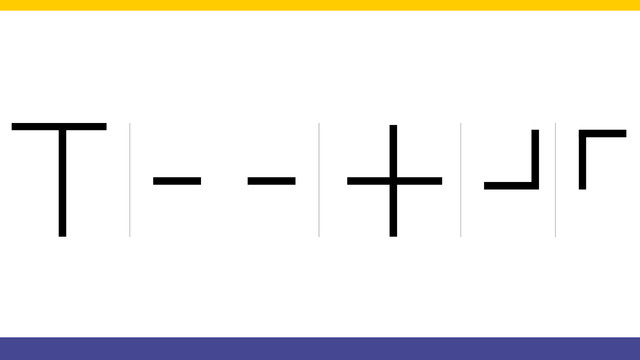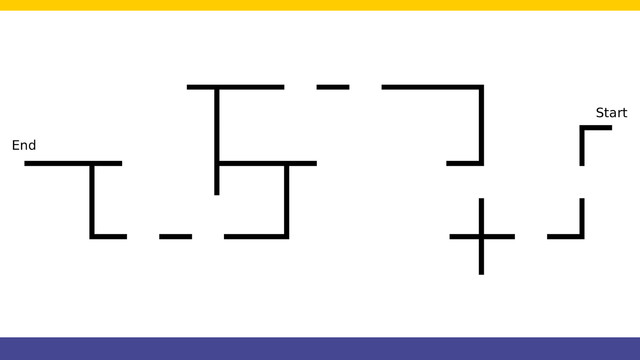

Three types of generations. Robotics Game of Life
There are basically three type of generations in the robotics game of life.
- #270
- 10 Mar 2016


There are basically three type of generations in the robotics game of life.


In the current course we would use a number of languages. Generally we would program the robots in EV3-G, but we would also program them in JavaScript to make the parallel with the JavaScript. The programming would include arrays, switches and loops.


There are a number of tools available online to help you play the game. You just seed the initial conditions and leave the game. Let's look at some of the sites.

Let's look at what game of life actually is, what are the rules and how to play the game on paper


We can Turn Right. We can Turn Left. How do we decide which way to go if there are lines both to the left and to the right. Check out the video.


We are programming this strange construction to move in a square. This is a basic task, but it is worth doing for a robot with motors placed in different directions.


Next state in our state machine programming pattern is the "Turn Left" state and the corresponding behaviour.

Motors can be placed in opposite directions... opposite .. directions. Robo-builders might have difficulties imagining it so we have build one. One of the motors facing forward, the other backward. It is interesting how this robot turns.

Robotics Game of Life – that’s the name of our new scientific journey. We are organizing a 14-sessions course (1 session weekly). The idea of the course is to develop a solution to the Conway Game of Life where the robots would actually play the game. Students will construct the robots by instructions and lots of imagination. Initial programs will be provided by us and modified by students.


Next important state is Turn Right with our robot. This happens when we detect a line on the right.


The last fifth construction is larger compared to the previous constructions. It is wider. It has four sensors and you can take a larger load all by keeping the robot stable.


We've detected the gap. It's time to move over it. This is difficult because we have to detect where the line is after the 0.1 meters gap on the line following field.


Probably the robot I like the most from this series of five robots. See the video to understand why and what is interesting and special about this robot.


It's inevitable. While following this gapped line we would reach a gap. The robot must somehow understand that there is a gap and must make a decision on what to do. For detecting the gap we use the Rotation Sensor. Not the most popular, but very convenient in many cases. Check out the video.


The final video from the course. The robot escapes the state where it is lost. This happens if it can not continue in any direction.


The third robot has the brick and motors placed vertically. This is quite unusual and difficult, but the construction is very powerful because it saves space.


We follow a line. We start from the Smooth Proportional Line Following program and modify it a little for this program. We follow the line with the middle sensor attached on port 2.

The second construction of the series along with a comparison with the first construction. The new robot requires more parts, but has a few more advantages.


We extract the Proportional Line Following algorithm into a new block with parameters. This allows us to experiment with the Threshold, Constant Speed and Relaxation Coefficient. You can now easily use the block in you other programs without having to implement it.

Five different robot chassis. This is the goal of the series. To present ideas for different design of the robots and especially the robot bases. If the base is stable and balanced, then in could easily be extended. Let's start with the most simple of the five.


We list the number of decisions that the robot is making while following the line. Then, we group them and decide on the number of sensors to be used.


In this third video we show some of the tricks in building this Multi-axles mechanism. Things you could learn from an use in your next constructions.

Looking at the field we must first think of a strategy of solving this line following problem. There are rules that the robot must follow and these rules should be programmed in the robot.


We are describing the Warm gear in this video. This worm gear does most of the magic of controlling how the different gear wheels move on the different axles.

We start a course for following a line with crosses and gaps. This is a challenge that one of the users at FLLCasts.com was trying to accomplish and asked us for advice. We present the whole challenge to you step-by-step. But first, let's also see the whole run of the line following algorithm. With this course, we also do an introduction of using State Machine as a programming pattern.


Given the large number of gear wheels and axles in each EV3 and NXT sets there are many possibilities for building gear mechanisms. We are developing something like a gear box that has different axles that could all turn in different directions.


Showing the same run, but from a different angle. This allows you to see more of the way we sensors work and how exactly the robot positions itself.